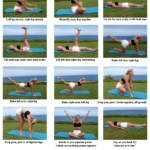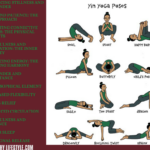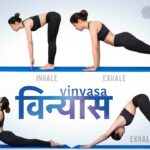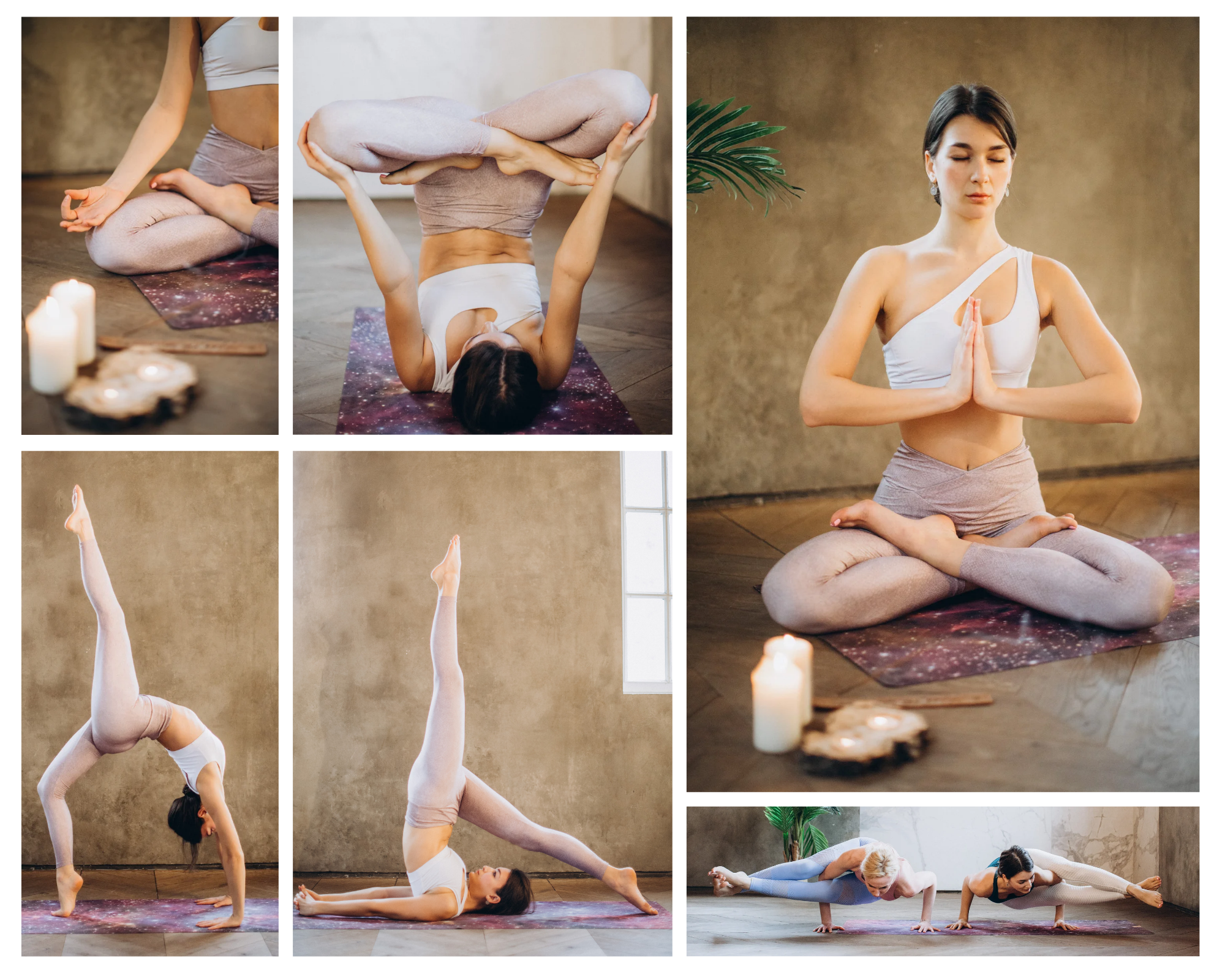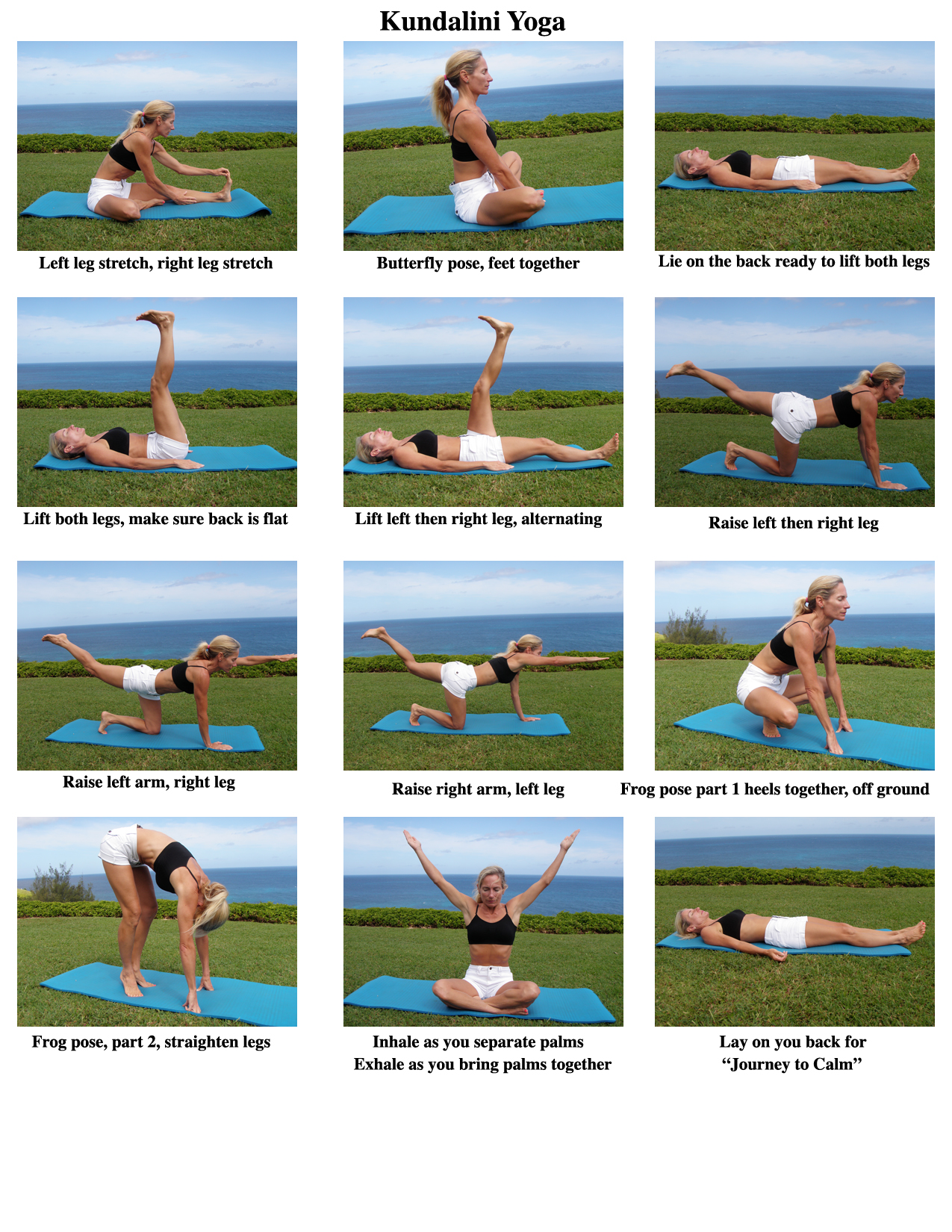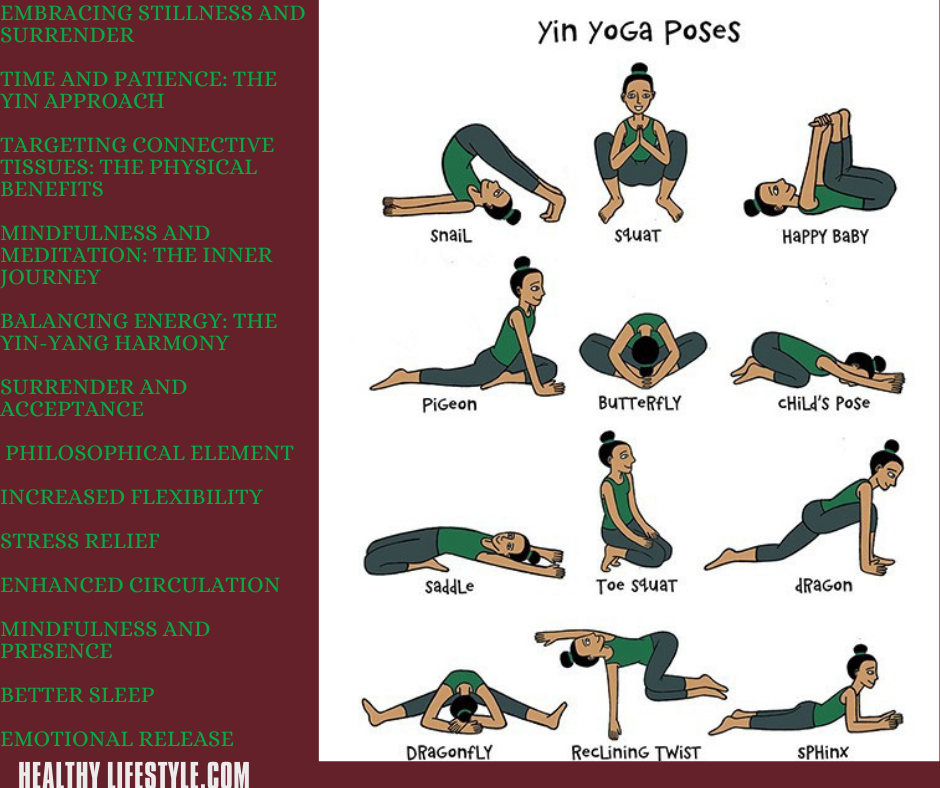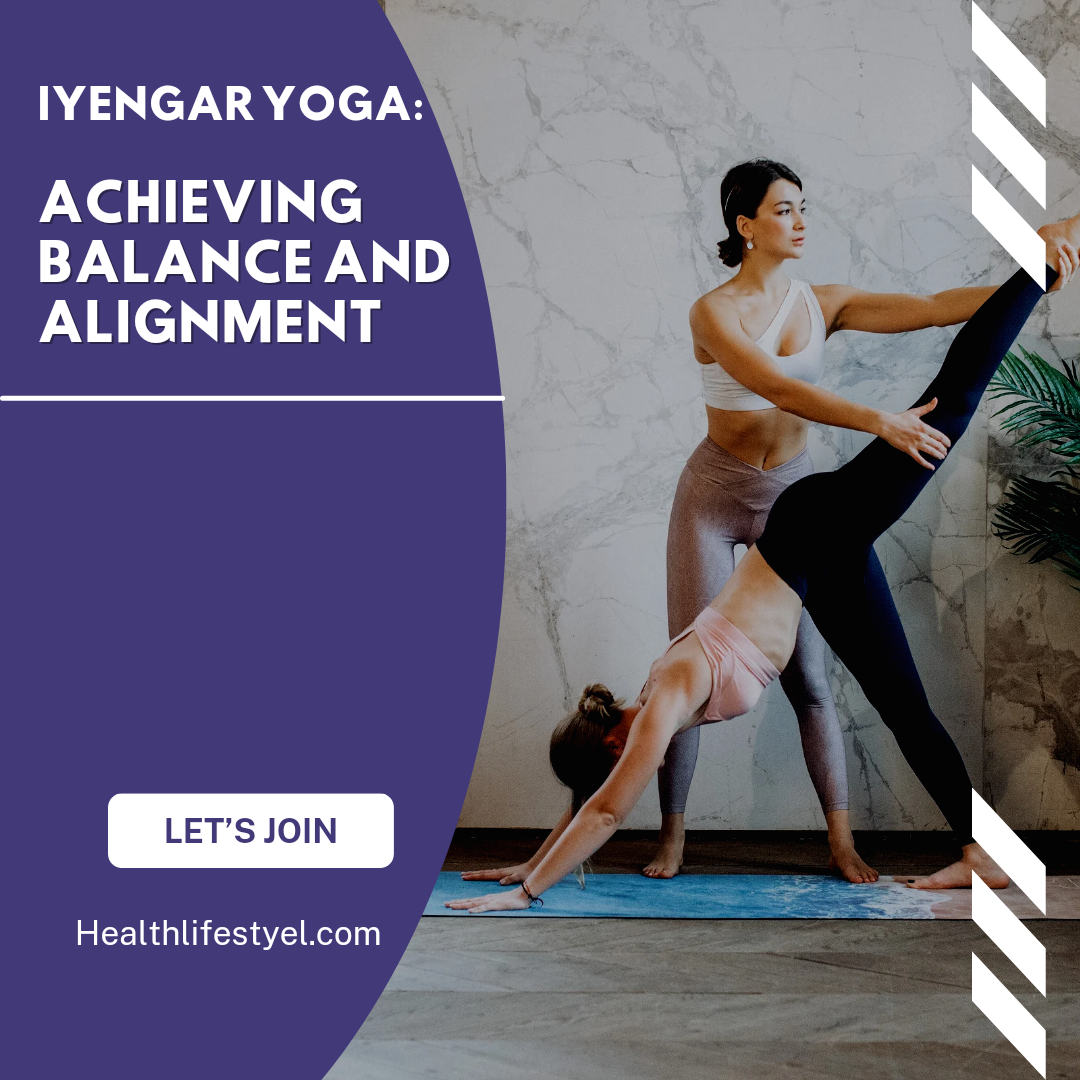Introduction: Embracing the Flow
In the world of yoga, Vinyasa stands out as a vibrant and dynamic style that connects postures through fluid transitions and synchronized breathing. Rooted in ancient traditions, Vinyasa yoga embraces modern interpretations that focus on the unity of breath, movement, and mindfulness. This practice offers not only physical benefits but also mental clarity and emotional well-being.
Vinyasa Yoga: The Heart of Flow
Vinyasa yoga takes its name from the Sanskrit words “vi,” meaning “in a special way,” and “nyasa,” meaning “to place.” The essence of this practice lies in the intentional linking of postures, creating a seamless and rhythmic flow that resembles a dance. By synchronizing breath with movement, practitioners achieve a state of moving meditation that promotes flexibility, strength, and inner peace.
The Flow’s Foundation: Breath Awareness
Central to the Vinyasa practice is the focus on breath awareness. The breath becomes a guiding force that drives the movement, allowing practitioners to delve deeper into postures and transitions. With every inhale and exhale, the body finds a rhythm that encourages the mind to let go of distractions and be present in the practice.
Finding Balance in Motion
Vinyasa yoga’s dynamic nature encourages practitioners to explore a wide range of poses, from invigorating standing sequences to soothing seated stretches. Through this diversity, individuals can cultivate balance in their physical and mental well-being. The constant movement challenges stability, while the conscious breathing nurtures a sense of equilibrium within.
Building Strength Gracefully
While Vinyasa yoga emphasizes fluidity, it also builds remarkable strength. The transitions between poses require engagement of various muscle groups, leading to enhanced muscle tone and endurance. This strength is not just physical; it extends to mental resilience as practitioners learn to navigate challenges with grace and perseverance.
The Dance of Breath and Movement
Imagine the graceful interplay of breath and movement, seamlessly transitioning from one pose to another. Vinyasa yoga embodies this dance, allowing practitioners to experience the unity of body, mind, and breath. As the breath guides each motion, the mind finds stillness, creating a moving meditation that transcends the mat and permeates daily life.
The Mindful Journey Within
Beyond its physical benefits, Vinyasa yoga is a gateway to mindfulness. The practice encourages being present in every moment, fostering a deeper connection to oneself. By observing thoughts without judgment during the practice, individuals develop self-awareness and cultivate a sense of inner peace that extends beyond the yoga studio.
The Vinyasa Experience: From Novice to Expert
Vinyasa yoga welcomes practitioners of all levels. Beginners embark on a journey of self-discovery, learning foundational poses and gradually building confidence in their practice. Advanced practitioners embrace intricate sequences that challenge their limits and deepen their connection to the practice. Regardless of experience, Vinyasa yoga offers a continuous evolution of growth and learning.
Mastering Transitions: Key Techniques
Smooth transitions are the hallmark of Vinyasa yoga. To master these, focus on your breath and maintain a steady rhythm throughout each movement. As you flow from pose to pose, engage your core muscles to stabilize your body and reduce the risk of injury. Remember, it’s the journey between poses that truly defines the essence of Vinyasa.
Embracing Challenges: Overcoming Common Myths
Myth: Vinyasa yoga is only for the flexible. Reality: Vinyasa yoga is accessible to all body types and levels of flexibility. The practice itself enhances flexibility over time.
Myth: You must be an experienced yogi to try Vinyasa. Reality: Vinyasa yoga offers modifications for every pose, making it suitable for beginners and experienced practitioners alike.
Myth: Vinyasa is just about physical postures. Reality: While postures are integral, Vinyasa also emphasizes breath control, mindfulness, and the unity of body and mind.
FAQs about Vinyasa Yoga
Q: Can I practice Vinyasa yoga if I have limited flexibility? A: Absolutely! Vinyasa yoga’s flowing sequences gradually enhance flexibility over time, making it a great choice for improving range of motion.
Q: How does Vinyasa yoga benefit mental health? A: The synchronized breath and movement in Vinyasa yoga create a moving meditation that reduces stress, anxiety, and promotes mental clarity.
Q: Is Vinyasa yoga a good workout? A: Yes, Vinyasa yoga is an excellent workout. The dynamic sequences build strength, improve cardiovascular health, and enhance flexibility.
Q: What should I wear to a Vinyasa yoga class? A: Wear comfortable, breathable clothing that allows for unrestricted movement. Yoga leggings and a moisture-wicking top are popular choices.
Q: How often should I practice Vinyasa yoga? A: Aim for at least 2-3 sessions per week to experience noticeable benefits. Consistency is key to progress in your practice.
Q: Can Vinyasa yoga help with posture? A: Yes, Vinyasa yoga strengthens core muscles and improves alignment, leading to better posture and reduced strain on the spine.
Conclusion: Flowing into Mindfulness and Strength
In the world of yoga, Vinyasa stands as a testament to the beauty of harmonizing breath, movement, and mindfulness. From its origins rooted in ancient traditions to its modern-day embodiment, Vinyasa yoga offers a transformative journey that nurtures the body, mind, and spirit. As you embrace the flow, may you discover the profound balance, strength, and inner peace that Vinyasa yoga has to offer.



